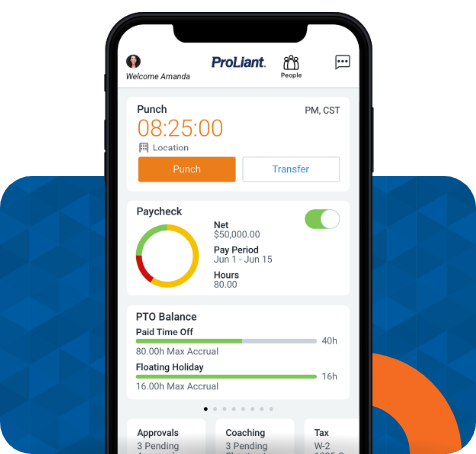As your business grows, so do the complexities of managing your team. That's where efficient HR workflows come into play—they're like the backbone of your operations, helping everything run smoothly as you scale. But let's be honest, scaling can bring its fair share of challenges, from juggling a bigger workforce to keeping everything compliant and consistent. The good news? With a few tweaks to your HR processes, you can navigate these challenges with ease. In this article, we’ll dive into some practical tips to help you build HR workflows that not only support your growth but also make your life a whole lot easier.
Understanding HR Workflows and Their Role in Scaling
HR workflows are essentially the step-by-step processes that help manage various HR tasks, from hiring and onboarding to payroll and performance management. Think of them as a roadmap that guides your HR team through each task, ensuring everything is done consistently and efficiently. As your business scales, having these workflows in place becomes even more critical. Without efficient HR workflows, scaling can lead to bottlenecks, errors, and frustration. Common areas where businesses often stumble during growth include onboarding new employees, managing payroll for a larger team, and keeping track of employee performance. By streamlining these workflows, you can ensure that your HR operations remain smooth and scalable, no matter how quickly your business expands.
Best Practices for Building Efficient HR Workflows
To effectively scale your business, it's crucial to implement proven strategies that enhance productivity. For more insights, check out our article on HR workflows strategies. Below, we’ll outline some of the best practices to help you build efficient HR workflows that support growth.
Assess Current Processes
The first step in building efficient HR workflows is to assess your current processes. It’s essential to take a close look at how your HR tasks are being handled now to identify any inefficiencies or redundancies. Are there steps that are taking too long? Are certain tasks being duplicated? By asking these questions, you can spot the areas that need improvement. Consider gathering input from your HR team to get a comprehensive view. This assessment will provide a solid foundation for making targeted improvements that can significantly enhance efficiency.
Leverage Automation
Automation is a game-changer when it comes to streamlining HR tasks. By automating repetitive and time-consuming processes, you can free up your HR team to focus on more strategic initiatives. For instance, automating the onboarding process ensures that new hires receive all necessary documents, training materials, and introductions without manual follow-up. Payroll processing is another area that benefits greatly from automation, reducing the risk of errors and ensuring timely payments. Learn more about ProLiant’s automation and how we can transform payroll processing. Additionally, automating performance reviews can help maintain consistency and fairness across the board. When used effectively, automation not only speeds up processes but also reduces the likelihood of human error, making your HR workflows more reliable and efficient.
Standardize Processes
Standardizing HR processes is crucial for ensuring consistency and reliability as your business grows. By creating clear, documented workflows, you establish a uniform approach to handling HR tasks, which helps reduce variability and errors. Start by mapping out each HR process, from recruitment to offboarding, and define the best practices for each step. However, it’s important to leave some room for flexibility to accommodate unique situations or changes in the business environment. Standardized processes make it easier to train new HR staff and maintain high standards across the organization, even as you scale.
Invest in Scalable HR Technology
As your business grows, your HR needs will evolve, making it essential to invest in HR technology that can scale with you. Look for software and tools that offer robust integration capabilities, allowing you to connect HR processes with other business functions like payroll and benefits administration. Customizable workflows are another key feature, enabling you to tailor the technology to your specific needs as they change. Scalable HR technology not only supports your current operations but also prepares you for future growth, ensuring that your HR workflows remain efficient and effective.
Continuous Improvement and Feedback Loops
Building efficient HR workflows is not a one-time task; it requires continuous improvement. Regularly reviewing your workflows allows you to adapt to new challenges and opportunities as they arise. Encourage feedback from your HR team and other stakeholders to identify areas for improvement. Establish feedback loops where suggestions can be reviewed and implemented, keeping your processes aligned with your business goals. This ongoing refinement ensures that your HR workflows remain agile and capable of supporting your company’s growth, even as your needs evolve over time.
Wrapping It Up
Building efficient HR workflows is key to successfully scaling your business. By assessing your current processes, leveraging automation, standardizing tasks, investing in scalable HR technology, and committing to continuous improvement, you can ensure that your HR operations are ready to support your growth. As your business expands, these best practices will help you navigate challenges and maintain a smooth, efficient HR function.
Ready to take the next step? Explore more on ProLiant’s HR Workflow to see how we can help streamline your HR processes and set your business up for long-term success.







No Comments Yet
Let us know what you think